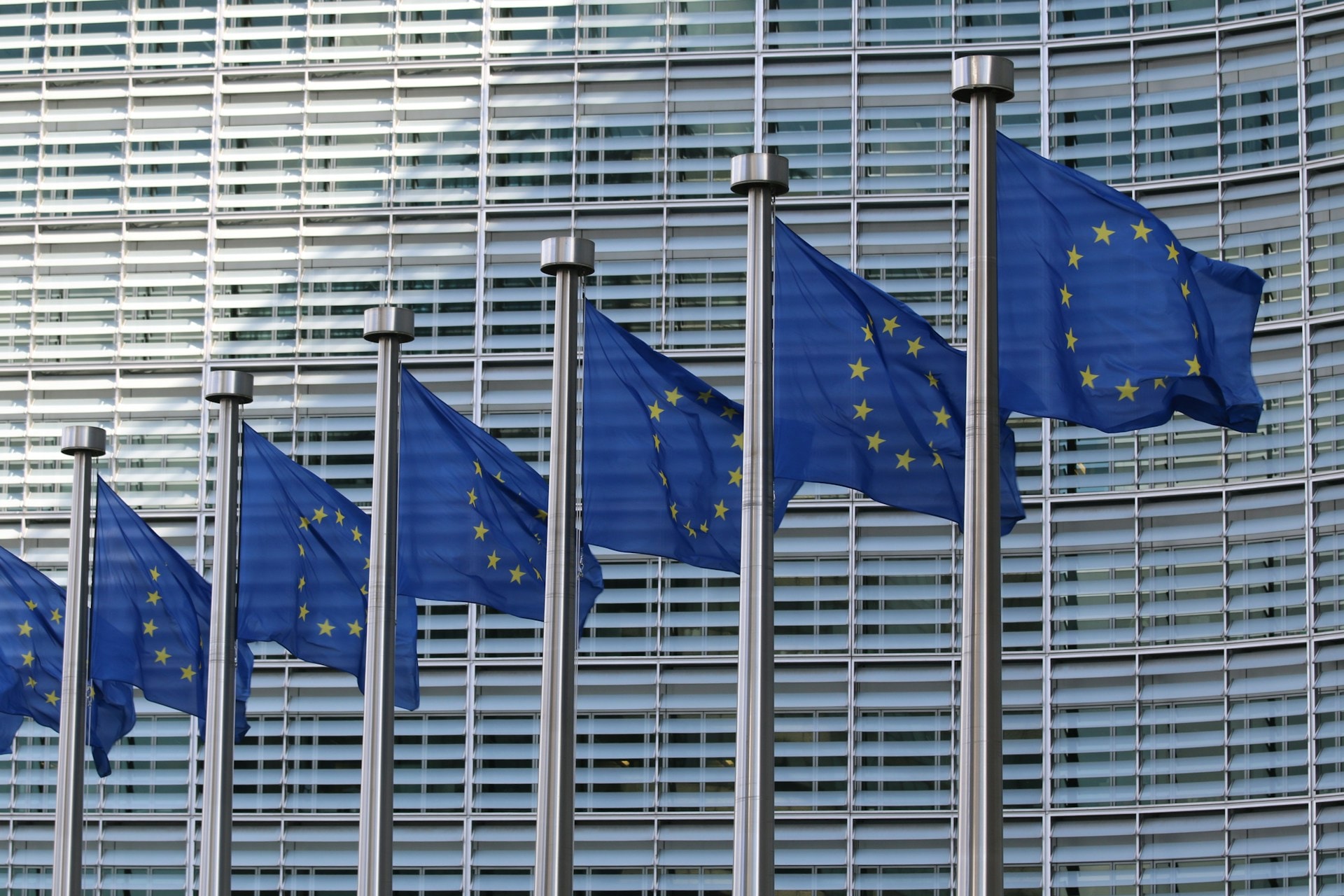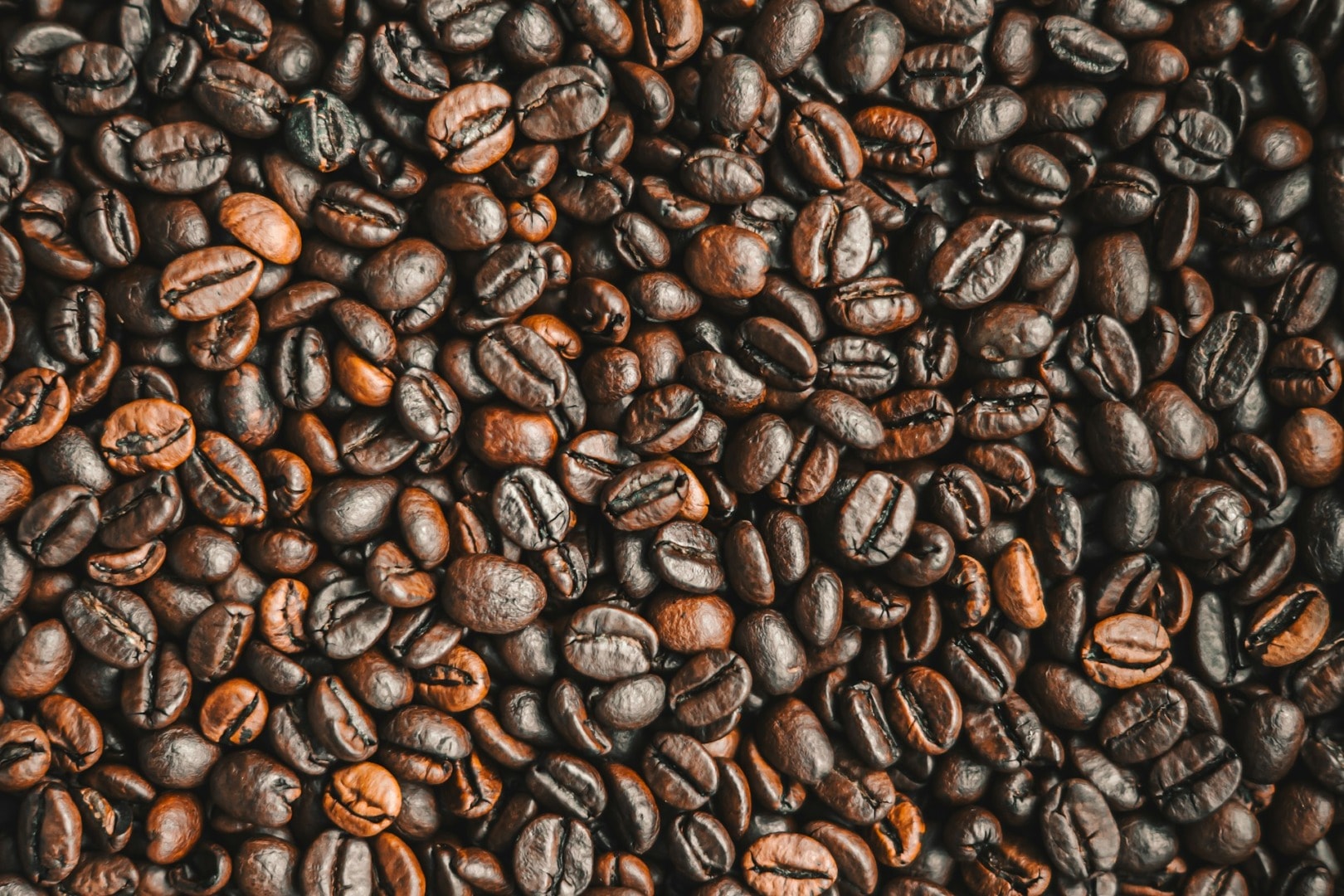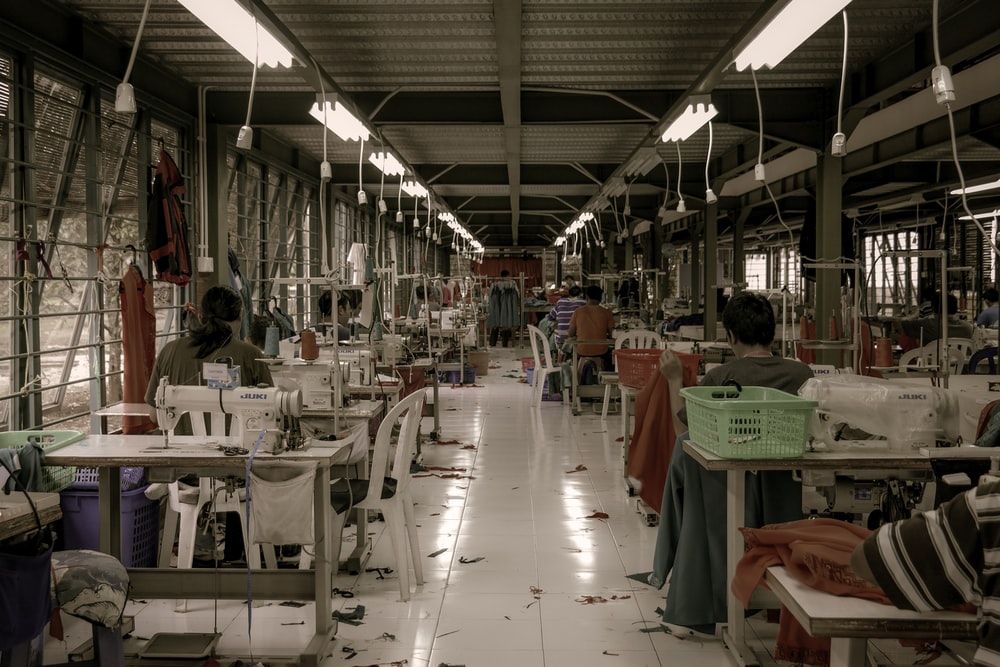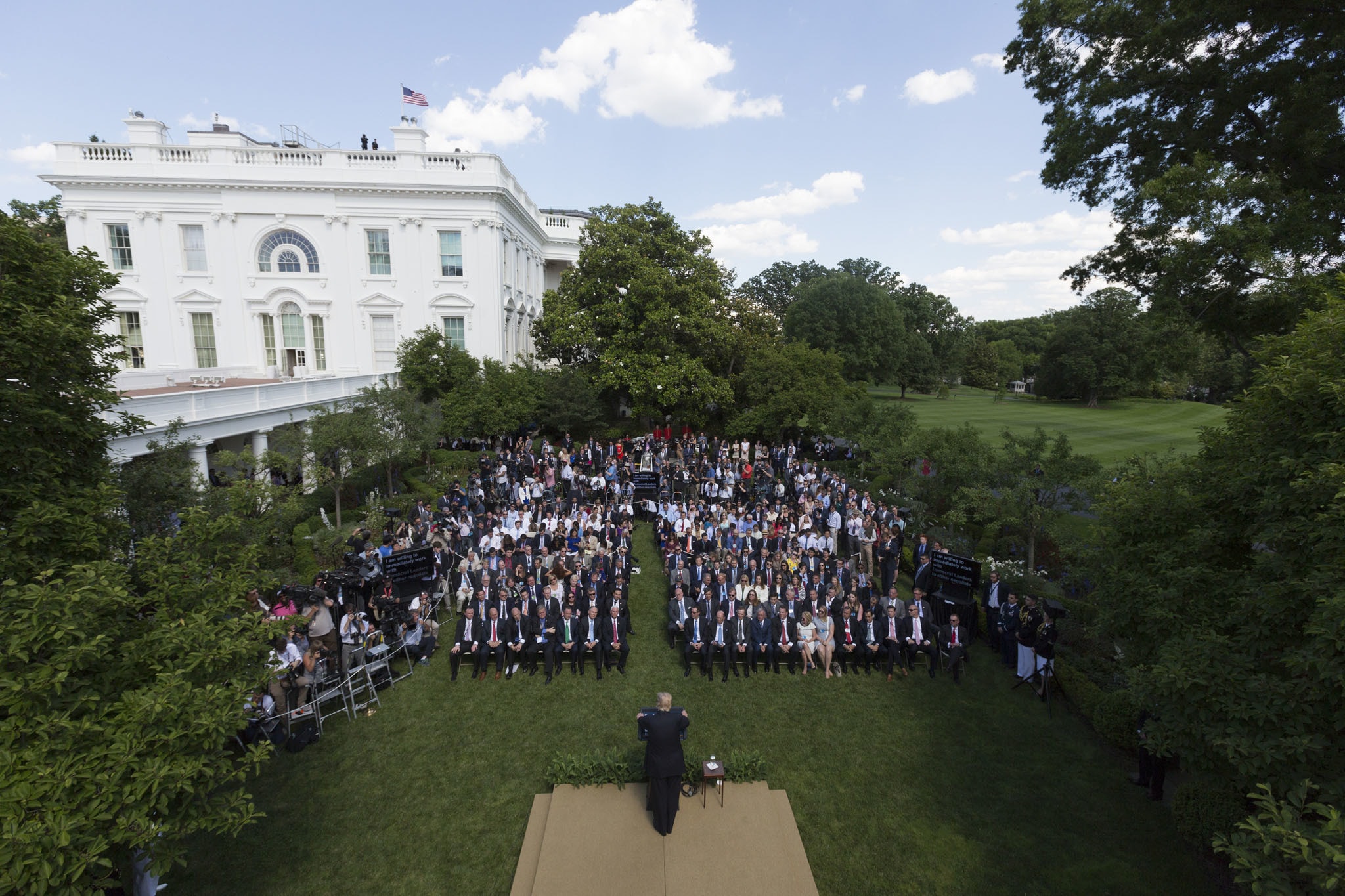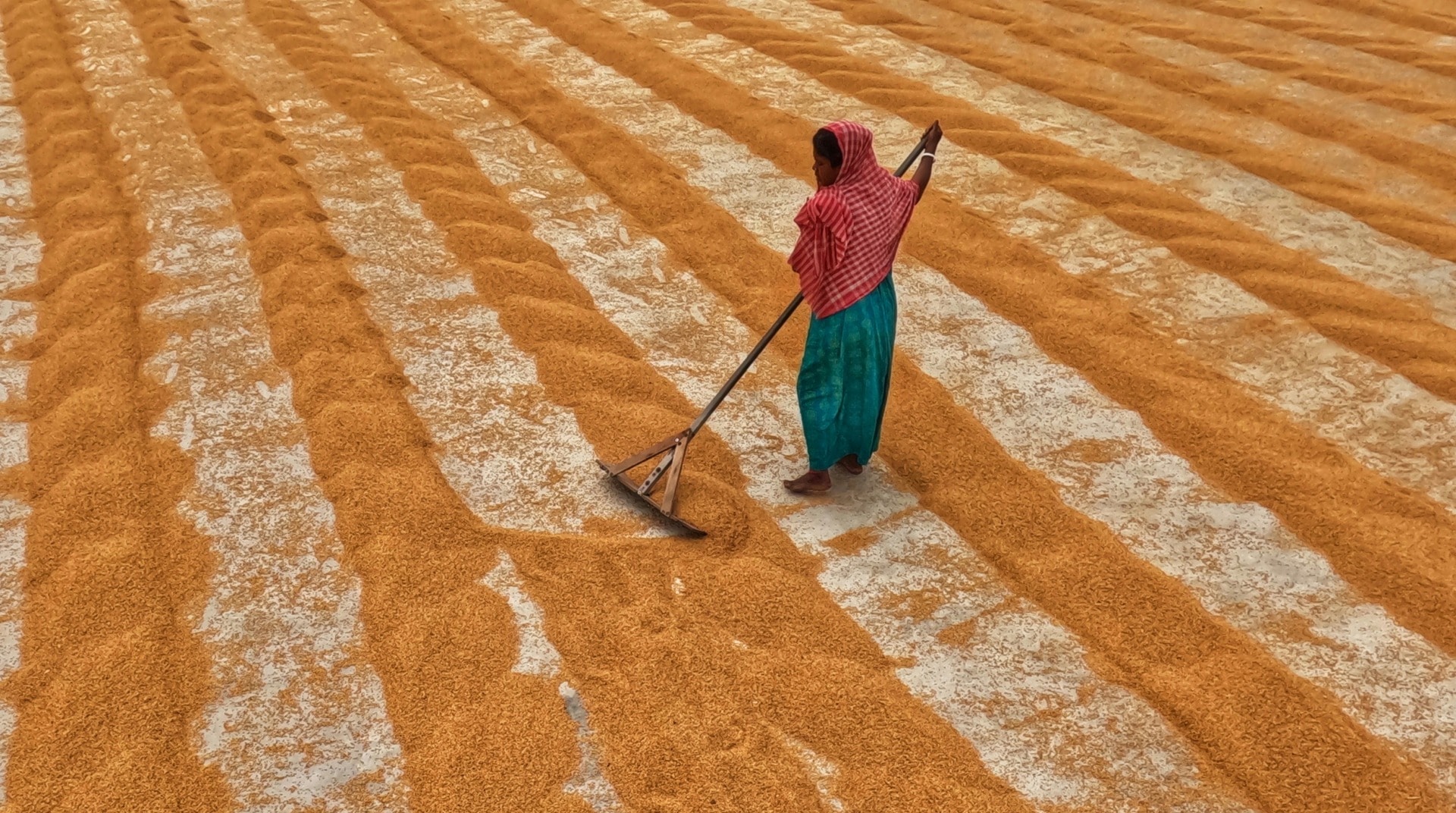Tim Bengel, a young artist from Germany creates incredibly unique, minimalist and expressive pieces of art with sand and gold. Tim says on his official website: „As an artist you are free to take whatever you want and to transform it into something different, something better. Some people call it theft. I call it art.“
Tim, tell us, how did you find your passion in art? Is there a story behind?
Tim Bengel: Actually, I am doing art just because I could never do a normal job. After graduating from the high school, I tried few paths in different fields: Fashion, Health Management, Art History and Philosophy. In every field, I was one of the best students and this made me feel bored. The only thing that is never boring for me, is a practical art. My interest for art first revealed itself during my early childhood when I tried to imitate the abstract works I had seen on my first visit to the Staatsgallerie Museum in Stuttgart.
In my early beginnings as an artist I realized, that art does not emerge from imitation but from combining and creating something new. Staying true to my passion for art, I won my first art competition at the school I attended, at the age of 18. My big format collage, made from coins, won against all pencil drawings and watercolor paintings. I realized that I can be successful when I do things differently.
In comparison with watercolor and pencil artists, you choose completely different materials: white, black sand and gold. I wonder how did you choose exactly this style? What or who has inspired you for this choice?
T.B.: One of my biggest influences is „La Fontaine“ by Marcel Duchamp from 1917. It was a proof, that an artist can transform anything into an artwork. He was also a man who wanted to do things differently, and the spiritual father of Andy Warhol, Jeff Koons, and Damien Hirst. Duchamp had his toilet, Warhol – his soup cans, Jeff Koons – his balloon dog, Hirst- his shark and I have my architecture. The point is that in every case the work is based on things that already exist and the artist just added something to transform it into art.
How did you master your skills? What do you think, how much time is needed to create such masterpieces?
T.B.: A big masterpiece like the castle of Versailles needs about 300 hours to complete, it’s a very filigree work I discovered. Actually, I think everyone could do that. With enough time and practice, you could imitate my works. But I was the one with the right idea at the right time.
 Photo Credit: Tim Bengel
Photo Credit: Tim Bengel
Where do you find your inspiration to create? What or who does inspire you?
T.B.: My last big inspiration was my first journey to the United States. I visited New York and San Francisco, there is so much impressive architecture. These weeks expanded my horizons. Especially the time in the Guggenheim Museum, at my Gallery HG Contemporary and at the Facebook headquarters, introduced me into the American Spirit. The people I met showed me that every dream can become true. You just need to search for solutions, not for problems. „The American Dream“ is one of my inspirations. The idea of the dishwasher becoming a millionaire, or in my case, a little German boy becoming an artist exhibiting in New York.

Let’s talk about your artistic process. How do you come up with ideas? How do you actually make such “granular” substances as a sand stick to the canvas and is it a canvas? Do you use gold leaves or powder?
T.B.: It all starts with the choice of the motif. Jeff Koons once said analogously: “An artist should be like a child and just take what appeals to him.” For me, any non-ideological, non-party and nonreligious image is a potential option. I find templates on the web, in newspapers or while traveling.
With the help of my hand and my computer, I transform the motif into a minimalistic, striking and expressive black-white-gold image. The last and most important step is applying the materials, sand, and gold, onto the sticky metallic canvas.
There are numerous imitators and even some videos on YouTube showing how to edit pictures to make them as rich in contrast as mine are. Nevertheless, nobody was able to actually imitate the sand and gold transformation process. Sure, there might be people that succeed in copying my works at some point in the future. But putting a toilet into a museum does not make you Marcel Duchamp.

What is the most exciting moment of your creative process? What is the most challenging part of your work?
T.B.: At the first glance, it’s the remarkable material I use. All my works are made 100% out of the black sand, white sand, gold (or another metal) and the glue who holds it on the metallic canvas. This combination is unique worldwide and until now no-one successfully imitated me. While you keep on gazing, you will find much more, especially if you actually see my works for real. In the strict sense, you cannot talk about my works if you haven’t seen them hanging on a wall.
The moment when the sun shines in my studio and strikes the fine sand and the pure gold on the wall is magical. Also, I like to think of my videos as independent artworks, too. They are not to be seen as tutorials but more as a kind of performance, an innovative form of presentation embedded in the digital revolution of the 21st century. Even though there are art critics that often smile at the internet, it is the future. Maybe, retrospective 30 years from now, I will be called a pioneer of the artist of the digital age.
Everyone faces different challenges on the path, what about you? What challenges have you met on your artistic path? How did you handle them? Can you give some advice for Impakter’s creative readers?
T.B.: The most challenging moment is just in front of me. This September, I will open my first international solo show at the HG Contemporary Gallery. I am probably one of the youngest German Artist ever, having the opportunity to show his work in Chelsea, New York City.
Apart from that, there were a lot of big challenges. I’m thinking about the first time I showed my sand and gold works in May 2015 at a Munich art fair. In autumn 2015, I sold a piece to a big art collection in Germany. That was the time I quit my job to become a full-time artist. In 2016, one of my videos went viral in the Social Media and I got the chance to show my work to Presidents, Minister and Royals in Malaysia, Thailand and Saudi Arabia.

My advice in the words of Steve Jobs:
Stay hungry, stay foolish!
What message are you sending via your paintings? What is your philosophy?
T.B.: On the one hand, my themes are not directly found in the motifs of my works, moreover, there is a concept behind them. An idea wanting to show that there is art in any motif. My motivation is to convert and develop things. For example a frontal picture of the Versailles Castle that probably has been taken million times. I see my duty in choosing this picture and transforming it into something unique through combining it with my one-of-a-kind technique; eternalizing bits and bytes in sand and gold.
On the other hand, my works provoke with their banality and beauty. In a time where it seems as though everything already exists and where art becomes more and more grotesque just to raise attention, I am determined to consciously take the opposite direction. Of course, there are some people who are bothered by my motifs or simply don’t like them, because they tend to have a specific filter in their minds, telling them how art is supposed to be and what does not qualify as art.
I want to break those rules and norms and fight for the true freedom of art. And it would be boring to be loved by everyone anyway. I want to show that art is free. Free from rules about which materials to use or where to take motifs from. Free from the constraint of an art degree or the necessity of ideological motifs. My point is to create something new through combination and development while always questioning the “normal”.
But I also want the viewer to question my work. How does he work? Is this art or just great handcraft? Can he be an artist without an art degree? Is it theft to use photography from the internet as a template? How free is an artist actually? Can beautiful things still be art?

How do you see your future career? In which art direction would you like to move?
T.B.: I am not a fan of big plans. Especially in the world of art, anything is possible and you cannot foresee the future. Currently, I completely focus on my upcoming solo show in New York City. My desk is covered in hundreds of inquiries for future projects from all over the world. But I am going to wait until after my New York exhibition to decide between my options. Knowing myself too well, I will probably go for the biggest challenge.
And the last question: When and where will you have your next exhibition?
T.B.: Currently, I am keeping busy in my Stuttgart studio as I prepare for my first international solo exhibition of my series entitled “Monuments”. The opening is set for September 7th, 2017 at the HG_Contemporary Gallery in New York and will include the reveal of one of my stunning pieces of art.





